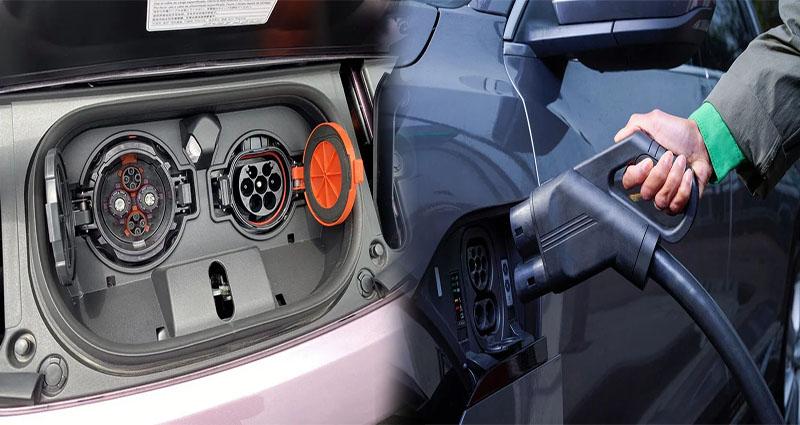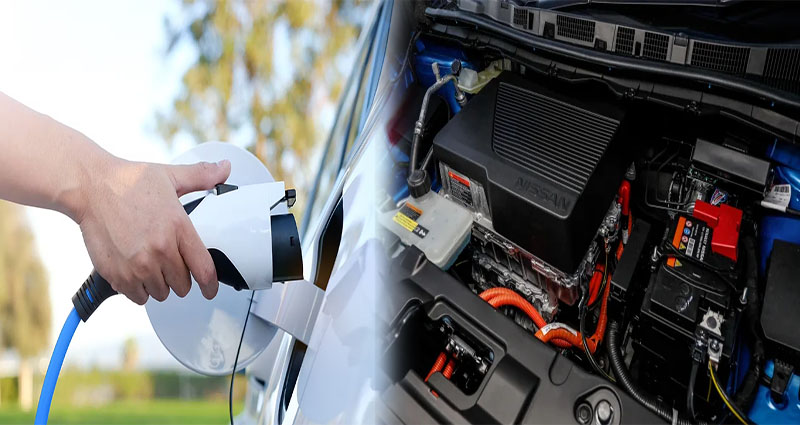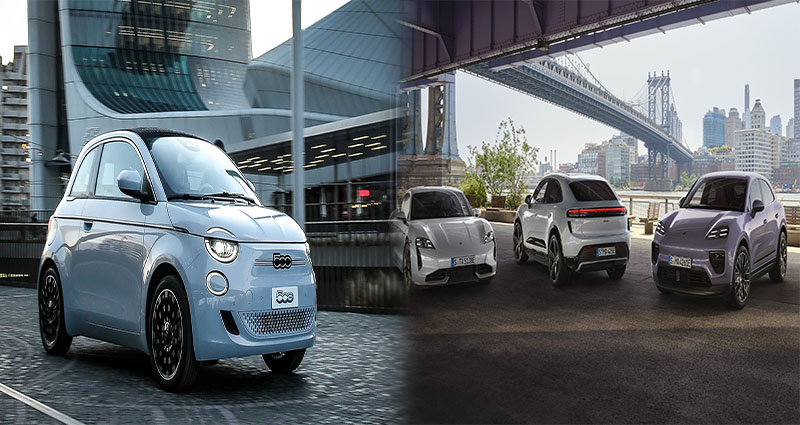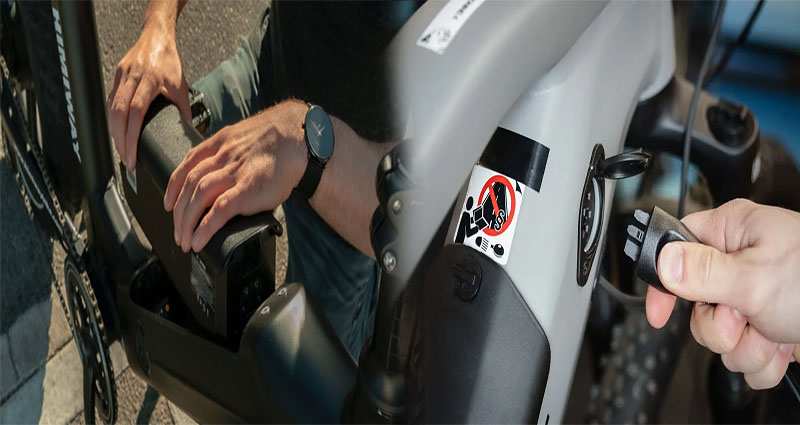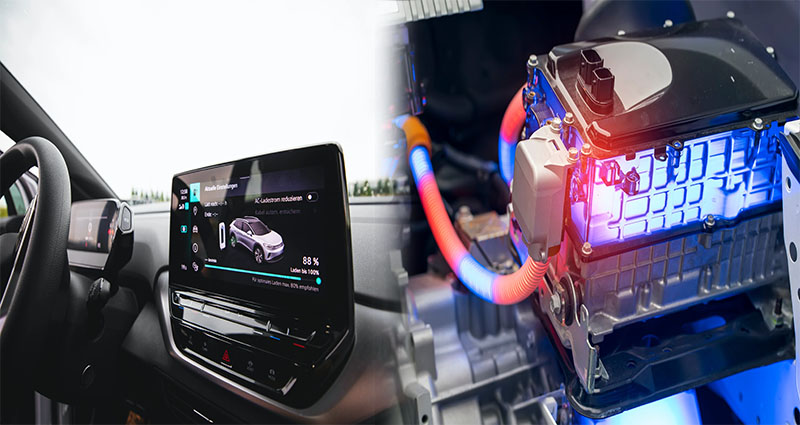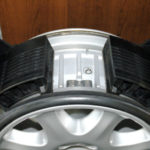Differences in Battery Specifications Between Standard and Fast-Charging Electric Vehicles
When it comes to electric vehicles, one of the key components that contribute to their performance and usability is the battery. Electric vehicle (EV) batteries come in different specifications, with one of the primary distinctions being between standard and fast-charging batteries.
Standard Electric Vehicle Batteries
Standard electric vehicle batteries are designed to provide a reliable source of power for the vehicle’s electric motor. These batteries typically have lower power density and energy density compared to fast-charging batteries. This means that standard batteries can store less energy and take longer to charge fully.
Standard electric vehicle batteries are usually made of lithium-ion technology, which is widely used in the EV industry due to its reliability and performance. These batteries are suitable for drivers who have regular access to charging stations and can afford longer charging times.
Fast-Charging Electric Vehicle Batteries
Fast-charging electric vehicle batteries, as the name suggests, are designed to … Continue reading >>>>

